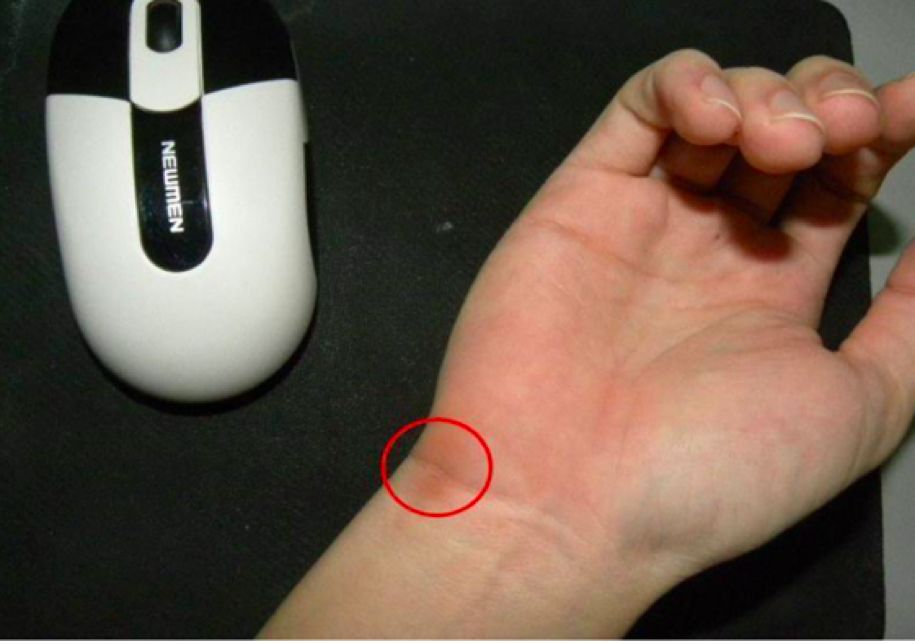Gout is a refractory and curable joint disease, and its main clinical manifestations include the following four stages:
asymptomatic period
Only persistent or fluctuating elevation of serum uric acid. From the increase of serum uric acid to the onset of symptoms, the time can be as long as several years to ten years, and some may not have symptoms for life.
acute arthritis
It is the first symptom of gout, manifested as a single sudden onset, occasional bilateral or multi-joint redness, swelling, heat, pain, dysfunction, joint effusion, and systemic reactions such as fever and leukocytosis. It often occurs at night and the patient wakes up due to pain. The most easily affected part is the first metatarsophalangeal joint, followed by the ankle joint, knee joint, wrist joint, small finger joints and elbow joints. Acute joints are more common in spring and autumn.

Tophi and chronic arthritis
Tophi is a characteristic damage of gout caused by the deposition of uric acid. Often multiple joints are involved, and they are more common at the distal ends of the joints. The affected joints can manifest as joint swelling, pain, stiffness and deformity centered on the bone defect, without a certain shape and asymmetry. Tophi is commonly found in the joints, near the joints and the auricle. It is a yellow bump of different sizes, as small as sesame seeds and as large as an egg. It is soft at first, and gradually becomes hard as a stone with the increase of fibers. In severe cases, the skin at the tophi is bright and thin, and it is easy to discharge white urate crystals percutaneously, and the fistula is not easy to heal.
kidney disease
Gouty nephropathy is one of the characteristic pathological changes of gout. The deposition of urate crystals causes chronic interstitial nephropathy, which further accumulates in the renal tubular vascular bed, resulting in proteinuria, increased nocturia, hematuria and isotonic urine, and then renal insufficiency such as hypertension and azotemia.

One of the characteristics of gout is that it comes and goes quickly in the early stage. You may use some anti-inflammatory and analgesic drugs. The symptoms of joint swelling and pain can be controlled quickly, and even the first attack is self-limiting. You can heal yourself without any medicine. But if you don't treat it, gout can go from once a year to several times a year to monthly, and getting worse. Therefore, in the early stage, if it is a simple increase in blood uric acid, you can try diet control and exercise first. Some patients can reduce blood uric acid levels by changing their diet structure and exercise. But if gout recurs, or if the blood uric acid level is high, then drug treatment needs to be started.
At present, there are two categories of uric acid-lowering drugs in the world, one is drugs that inhibit uric acid synthesis, such as allopurinol and febuxostat, and the other is drugs that increase uric acid excretion, such as benzbromarone and Benecid. It is not recommended that you choose a drug by yourself, because each patient is an independent individual, and each drug has strict indications and contraindications, and must be taken under the guidance of a professional physician.






